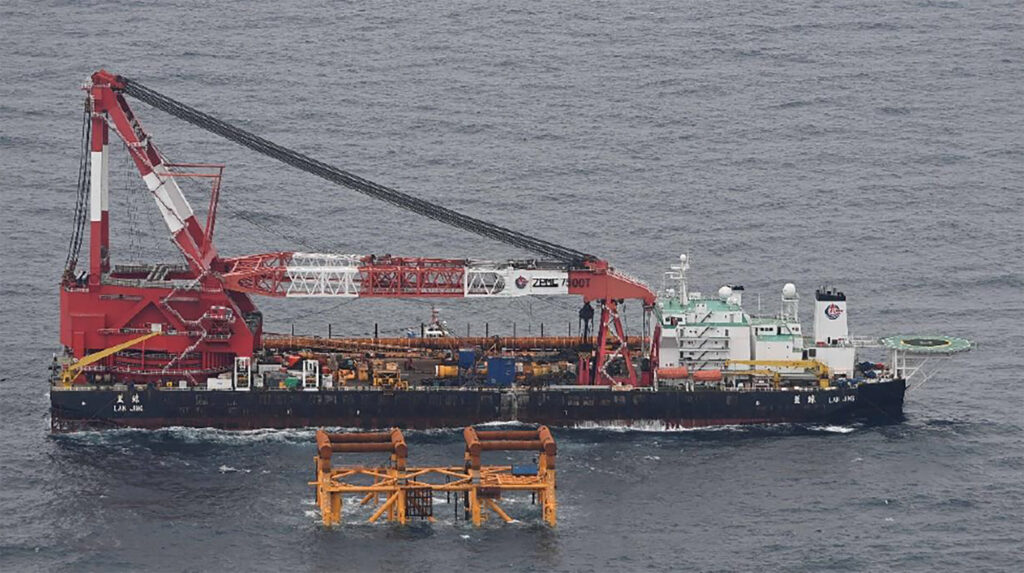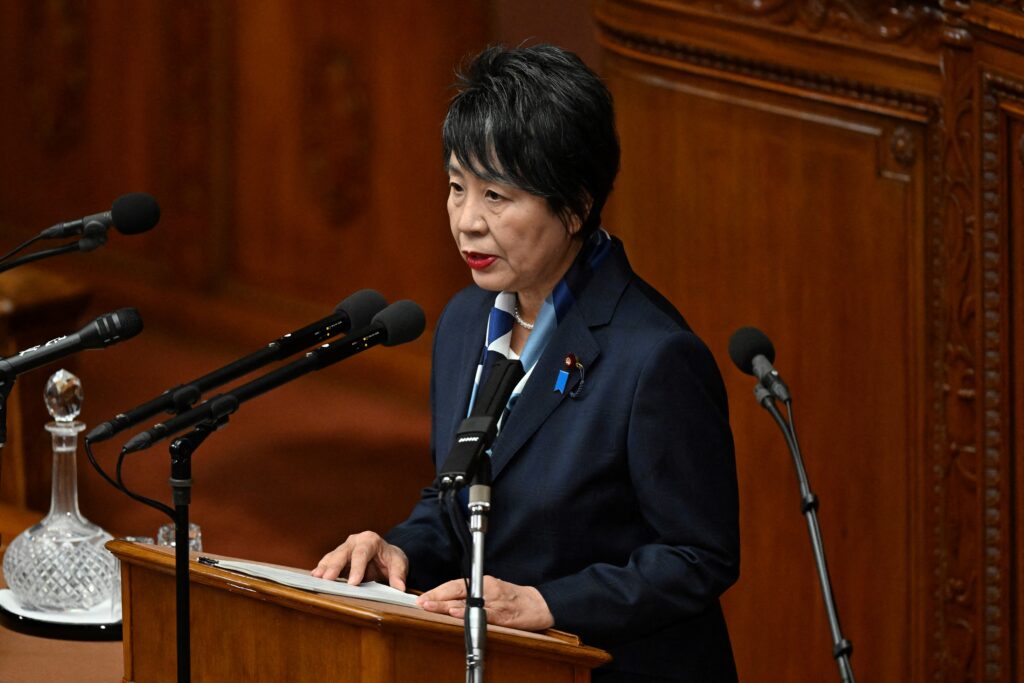BENGALURU: Oil prices will see little change this year and a modest uptick in 2021 as output cuts take effect, with the demand picture clouded in uncertainty due to the coronavirus pandemic, a Reuters poll showed on Tuesday.
The survey of 43 analysts and economists forecast benchmark Brent crude to average $42.75 a barrel in 2020, up from July’s $41.50 consensus and compared with an average price of $42.60 so far this year. Brent is expected to average $50.45 in 2021.
The 2020 US crude price outlook rose to $38.82 per barrel from July’s $37.51.
Global demand, meanwhile, was seen contracting more steeply this year, by between 8-10 million barrels per day (bpd) versus July’s 7.2-8.5 million bpd consensus.
“The market’s looking for a catalyst to break out of its recent range,” said Harry Tchilinguirian, head of commodity research at BNP Paribas.
“On the bearish side, this could be a degradation of OPEC+ discipline as prices begin to rise, or more severe economic setback … On the bullish side, a positive outcome in phase three COVID-19 vaccine trials that will re-shape expectations around the path of a global economic recovery.”
The Organization of the Petroleum Exporting Countries and its allies, or “OPEC+,” have urged nations producing oil above agreed quotas to deepen cuts in August and September.
Its current policy calls for a 7.7 bpd cut.
“OPEC+ will likely support a floor at $40, but plateauing demand recovery and concerns of a COVID-19 second wave will make price gains difficult,” Jefferies analyst Jason Gammel said.
“Declining US production could be supportive into year-end.”
The International Energy Agency this month cut its 2020 demand forecast by 140,000 bpd to 91.9 million bpd and predicted consumption in 2021 will be slightly lower than 2019.
“Air traffic is likely to suffer for longer,” said Norbert Ruecker of Julius Baer.
Reuters






















